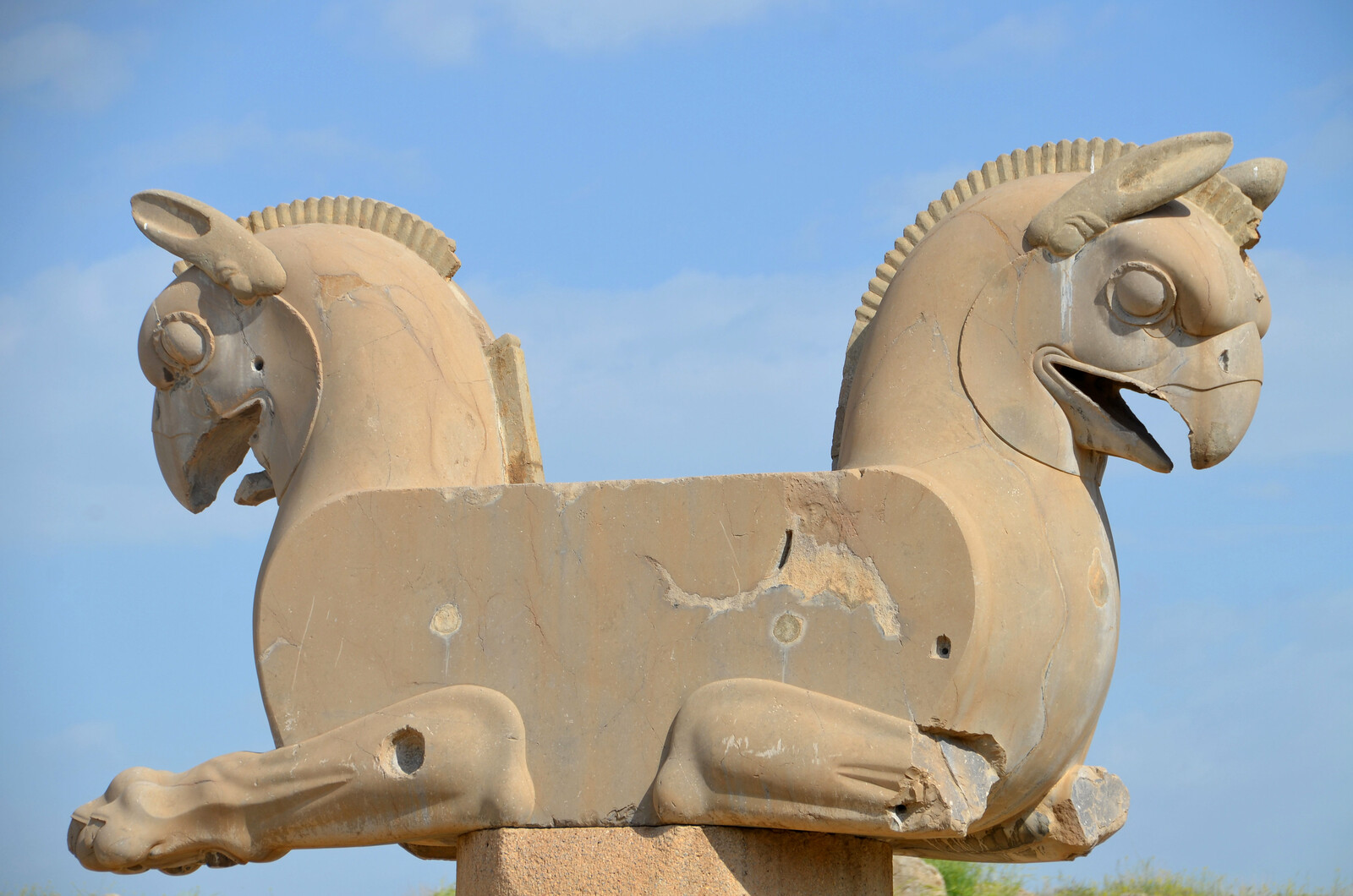The article “Hidden secrets of Achaemenid dam engineering revealed” was originally published in the Tehran Times on March 1, 2022. The version printed has been edited from its original version in the Tehran Times. Kindly note that excepting one photo, all other images, videos and accompanying captions inserted in the text below do not appear in the original Tehran Times report.
Readers further interested in the topic of engineering in ancient Iran are encouraged to consult the following resources:
- History Channel – Engineering an Empire: The Persians
- Ancient Dams at Pasargadae
- UNESCO: Shushtar Historical Hydraulic System
- Aqueducts of Iran
- Learning, Knowledge, & Sciences
= = = = = = = = = = = = = = = = = = = = = = = = = = = = = = = = = = = = = = = = = = = = = = = =
Iranian archaeologist Hamidreza Karami stated on Sunday February 27, 2022 as follows:
“Seasons of archaeological excavations on Didegan dam uncovered valuable secrets and information concerning dam engineering and water control management which were practiced in Iran during Achaemenid era … Although much of this appreciated structure has been destroyed by floods and human plunder, we have been able to increase our knowledge of know-how and technology adopted to build dams related architectural structures in that period … ”

Archaeologists have discovered treasured data on dam construction engineering and water resources management during the Achaemenid period (c. 550 – 330 BCE) (Source: Tehran Times).
Karami made the remarks in the 19th Annual Symposium on the Iranian Archaeology which was held online from February 26 to 28. Co-organized by the Iranian Center for Archaeological Research (ICAR); Cultural Heritage, Tourism and Handicrafts Ministry; and the National Museum of Iran. This annual event was focused upon the countrywide excavations that hawere conducted during the early part of the year of 2022. As further averred by Karami:
“Moreover, we carefully determined the location and specs of our archaeological trenches in order to gain the most information possible. … The style of architecture and stone carving reflects the architectural traditions of the early Achaemenid period, especially the period of the Achaemenid King Darius [the Great].”
History Channel series Engineering an Empire – The Persians (Dec 2006) in English. The program describes the Medes, Persia, Cyrus the Great, Pasargadae, Persian gardens, Darius the Great, the battle of Marathon, digging of the first canal between the Red Sea and Mediterranean Sea, building the cross-continental bridge over the Bosphorus, Xerxes, the invasion of Greece, Artaxerxes, the building of mausoleums, Darius III and Alexander’s invasion.
As observed by the archaeologist, the embankment dam is still a source of inspiration for modern architects and engineers:
“Achaemenid-era embankment dams were built with such knowledge, extent, and durability that after 25 centuries, [modern] earthen dams are still built per the Achaemenid engineering model.”
Karami has previously described the Bostan Khani Dam in southern Iran, as a “masterpiece” of architecture and water management in Achaemenid-era Iran:
“So far [valuable evidence of the] architectural structure has been obtained to recognize and realize the structure of the dam and its construction method.”

A partial view of the remains of the Pasargadae dam excavated by a Franco-Iranian archaeological expedition in February-March 2008. The site is approximately 30 kilometers distant from Pasargadae … for more on the Pasargadae dams see here …
The expert considered Bostan Khani Dam as the largest of its kind in the Achaemenid period that has been identified so far, saying it measures a crown height of 21 meters, a length of 170 meters, and a width of 70 meters. Karami explained that waterways and water transmission networks are another part of their water management engineering, which is designed to bring water to the farthest possible areas of the region:
“Excavations and surveys on Bostan Khani Dam can increase our knowledge and understanding of the methods and techniques of dam construction and architectural structure that is currently being practiced.”
Late in January, a cultural heritage protection team discovered a stone-arched tunnel near an Achaemenid embankment dam in Marvdasht plain of Fars province. The embankment damitself has been registered in the National Heritage list.
The Achaemenid [Persian] Empire was the largest and most durable empire of its time. The empire stretched from Ethiopia, through Egypt, to Greece, to Anatolia (modern Turkey), Central Asia, and to India.

A map of the Achaemenid Empire drafted by Kaveh Farrokh on page 87 (2007) for the book Shadows in the Desert: Ancient Persia at War-Персы: Армия великих царей-سایههای صحرا-:
Building activity was extensive during the height of the empire, and of the several Achaemenian capitals, the ruins at Pasargadae and Persepolis are probably the most outstanding.

Double-griffin capital locally known as “Homa birds” probably from the Unfinished Gate at Persepolis (Courtesy of: Following Hadrian Photography).
Achaemenian sculptured reliefs and a great number of smaller art objects present a remarkably unified style for the period. Metalwork, especially in gold, was highly developed, and a variety of carefully executed examples survive.

An Achaemenid armlet (dated to sometime between 499 to arund 300 BCE) from the Oxus Treasure housed at the British Museum (BM 1897.12-31.116) (Image source: Public Domain).



